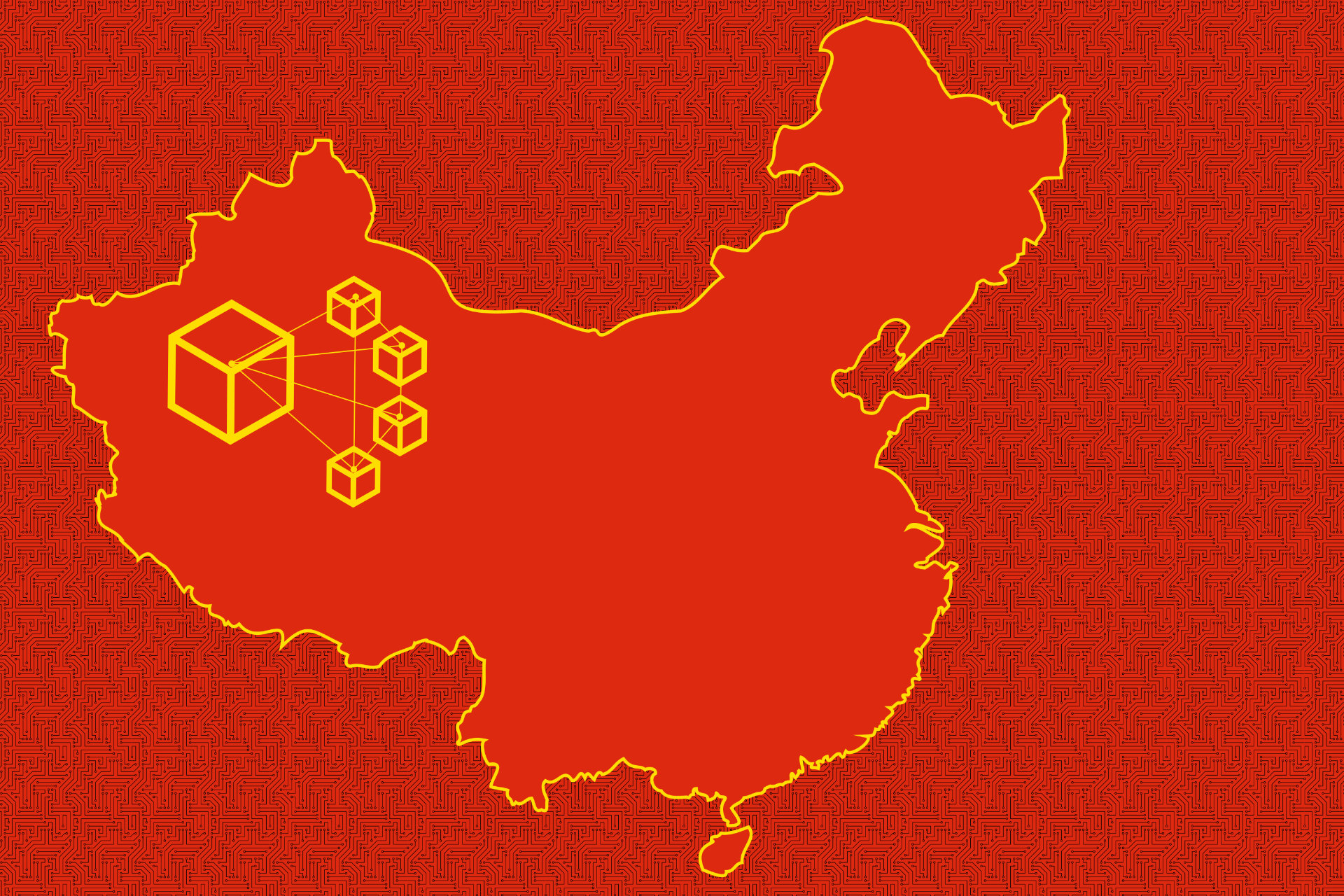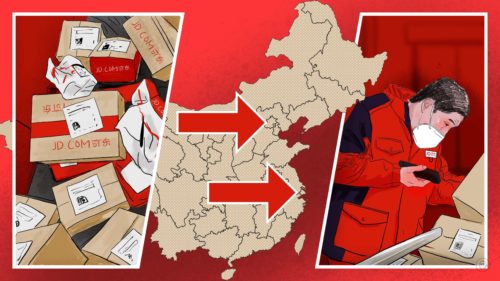
No other country has laid out, funded, and executed as comprehensive a blockchain policy as China.
On July 16, the municipal government of Beijing laid out arguably the world’s most ambitious government policies on blockchain technology. Blockchain refers to the decentralized ledger technology that is being used across the globe in sectors such as food safety (Walmart), land registries (Dubai), cryptocurrencies (bitcoin), and customs clearance (U.S. Customs and Border Protection).
Beijing’s 145-page document lays out a comprehensive vision of using blockchain as a framework for creating a whole-of-government digital platform that breaks down data silos and has open APIs that allow interoperability across agencies. Twelve application cases include the facilitation of logistics through airports and ports, cross-border trade, a city financial electronic identity authentication system, and a district finance platform for SMEs.
There has been a flurry of activity around blockchain in China since October 2019, when President Xi became the first leader of a significant country to back blockchain in a speech saying that China needed to “seize the opportunities” presented by the technology.
Out of the trough of disillusionment
For 2020, the technology consultancy firm Gartner listed blockchain as in the “trough of disillusionment” phase of its hype with most applications immature and not scalable yet. However, it expects the technology to start climbing out of this trough by 2021 and be ripe for deployment by 2023. Thus, the time is about right for any major player wanting to make its move.
Beijing is one of 11 Chinese cities piloting official blockchain strategies. Both the public and private sectors in China have several exciting initiatives underway. The Hangzhou Internet Court deals with disputes related to ecommerce, online contracts, etc., and has adopted a blockchain-based platform that has processed 1.98 billion transactions. Ant Financial recently launched a cross-border blockchain-based remittance service for users in Hong Kong and the Philippines. JD.com, China’s second-largest ecommerce site, uses blockchain to fight food fraud: Consumers can scan a QR code on the packaged food, and the app will display the production and delivery track of the food.
The People’s Bank of China (PBOC) is currently running the world’s first pilot central bank digital currency called the Digital Currency Electronic Payment (DCEP). Mobile wallets enabled to work with DCEP are running in four Chinese cities — Shenzhen, Suzhou, Xiong’an, and Chengdu. The four major banks of China, as well as the ride-hailing company Didi and companies like McDonald’s and Subway, are participating in this pilot. This partnership could help DCEP reach over 500 million users in China. The assumption is that DCEP will allow the PBOC to crack down on money laundering and counterfeiting as well as better monitor capital flows and enforce capital controls.
Global blockchain infrastructure and the policies to support it
The Blockchain Service Network (BSN) is another linchpin of the government’s strategy. BSN aims to become a global blockchain infrastructure network that companies can plug into and build applications across multiple uses like smart cities, energy conservation, and identity registration. A small Beijing-based company called Red Date Technology is at the core of this partnership alongside China Mobile (with 950 million subscribers) and China UnionPay (the world’s most significant payment and settlement provider). The network aims to solve a fundamental problem of fragmentation and lack of interoperability between different blockchain networks.
China sees blockchain alongside artificial intelligence, 5G and the Internet of Things, quantum computing, and cloud computing as a strategic technology that will drive growth and productivity in the years to come and hence an area where it would like Chinese companies to set the standards and dominate globally.
Chinese policies to promote these frontier technologies consist of:
- Leveraging the vast internal market, with significant public investments in both basic R&D and market-enhancing policies (such as public procurement policies).
- Dominating export markets through development finance institutions like the China Development Bank and the China Export-Import Bank to drive innovation and growth.
- Initiatives like the China Standards 2035 (and earlier Made in China 2025) that aim to help Chinese companies set global technical standards in standard-setting bodies like the 3GPP and ITU. For blockchain, in April, China launched its National Blockchain and Distributed Accounting Technology Standardization Technical Committee.
So will the government’s push result in Chinese companies dominating the global market like solar photovoltaics and wind turbines, or will it be like semiconductors, where China has struggled to compete globally?
Will it work?
China’s dominance of the global markets in solar electric panels and wind turbines offers two different routes to success. The explosive growth in solar was driven by exports, first to Germany, and later to Spain and Italy through government incentive programs for rooftop solar that domestic firms could not fulfill. China’s leap into these export markets helped drop prices by a whopping 80% between 2008 and 2013. The wind turbine industry is different, as Chinese manufacturers have primarily been focused on the vast domestic market with only one Chinese OEM, Goldwind, in the global top 10 minus the Chinese market.
The semiconductor industry, however, offers a different picture where Chinese firms, despite decades of efforts, have failed to break into the top league of producers. China spends more on the import of chips than it does on oil. State-of-the-art chips (by Samsung, Taiwan Semiconductor Manufacturing Company, and Intel) currently are at 7–10 nanometers, with plans to go down to 3–5 nm. China’s best companies can make chips at 14 nm, comfortably two to three generations behind. One reason is the enormous upfront capital costs. TSMC invested $9.3 billion in one fab manufacturing facility in Taiwan. Intel alone spent $13.3 billion on R&D in 2019. Another problem is technology acquisition, which is becoming increasingly difficult.
So will China’s blockchain push be enough to establish it as a global leader in the field? It does seem so. No other country has laid out, funded, and executed as comprehensive a blockchain policy as China. Initiatives like the BNS and DCEP help create a market, both domestically and abroad, for blockchain-enabled products in which Chinese firms will set the standards. The huge domestic market and competitive start-up ecosystem financed by the world’s second-largest venture capital industry will ensure a robust private-sector response to the government’s push. Long-term financing from agencies like the Chinese Export-Import Bank and the China Development Bank will allow Chinese firms to establish a first-mover advantage in acquiring market share in key emerging markets.
All opinions expressed are personal.
Abhas K. Jha works on technology, cities, resilience, and public policy at the World Bank.






